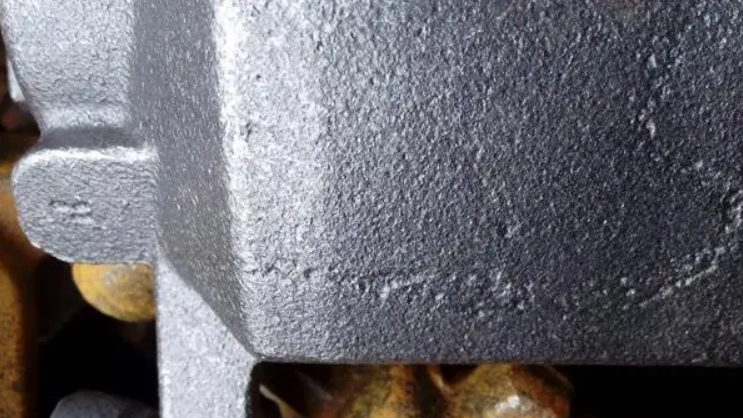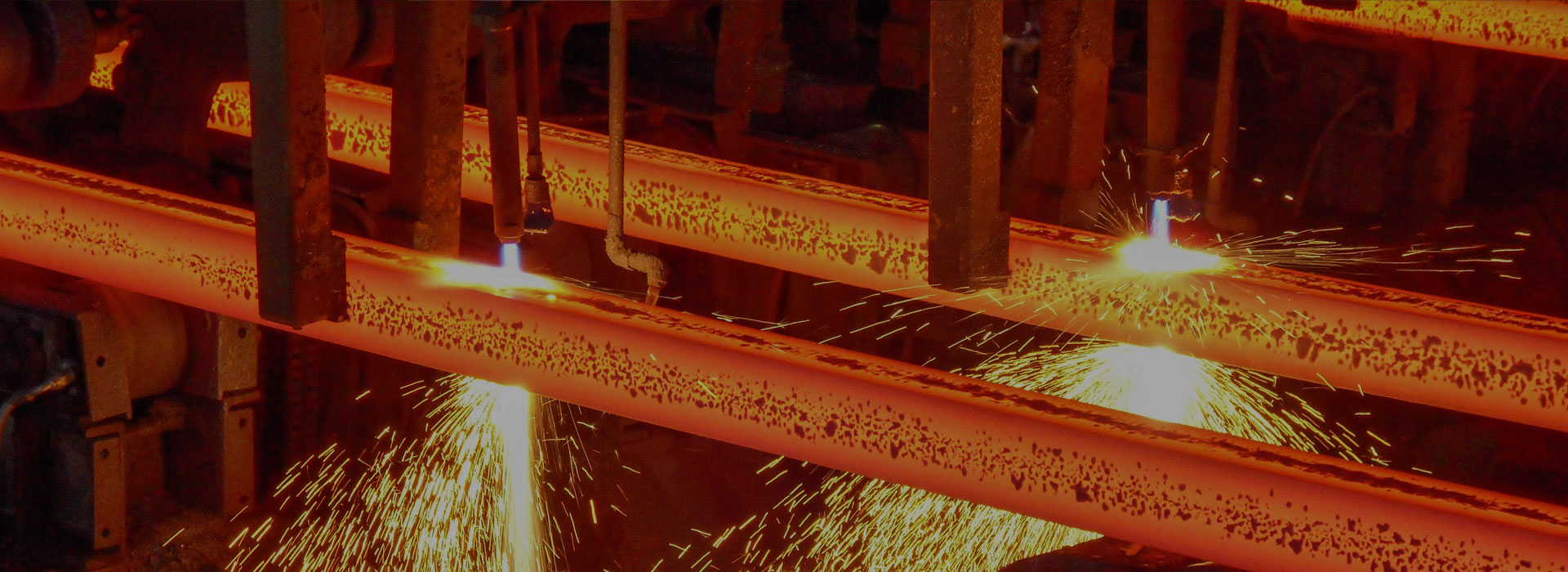How to prevent sand holes in iron castings
2023-09-13
Sand holes in iron castings can significantly affect the quality and performance of the final product. These defects are often caused by the presence of gas or air pockets trapped in the mold during the casting process. In this article, we will discuss effective measures to prevent sand holes in iron castings.
1. Proper Mold Design:
One of the key factors in preventing sand holes is to ensure a well-designed mold. The mold should have adequate venting channels to allow gases to escape during the casting process. Additionally, the mold should be designed to minimize the formation of air pockets and ensure proper filling of molten iron.
2. Optimize Sand Properties:
The properties of the sand used in the casting process can greatly influence the occurrence of sand holes. It is essential to use high-quality sand with appropriate grain size and shape. The sand should have good permeability to allow gases to escape easily. Regular testing and analysis of sand properties can help identify any issues and make necessary adjustments.
3. Control Moisture Content:
Excessive moisture in the sand can lead to the formation of steam during the casting process, resulting in sand holes. It is crucial to control and maintain the moisture content within the recommended range. Proper drying techniques, such as using dry air or heating, can help remove excess moisture from the sand.
4. Improve Venting System:
An efficient venting system is vital to prevent the accumulation of gases and air pockets in the mold. The venting channels should be strategically placed to allow the escape of gases without causing any defects in the casting. Regular inspection and cleaning of the venting system are necessary to ensure its effectiveness.
5. Optimal Pouring and Cooling:
The pouring and cooling process plays a significant role in preventing sand holes. Proper pouring techniques, such as using a controlled flow rate and avoiding turbulence, can help minimize the entrapment of gases. Additionally, ensuring adequate cooling time allows the molten iron to solidify uniformly, reducing the chances of sand holes.
6. Quality Control and Inspection:
Implementing a robust quality control system is essential to detect and prevent sand holes in iron castings. Regular inspection of molds, sand, and casting processes can help identify any potential issues early on. Non-destructive testing methods, such as X-ray or ultrasound, can be employed to detect hidden defects.
Preventing sand holes in iron castings requires a combination of proper mold design, optimized sand properties, control of moisture content, improved venting system, optimal pouring and cooling techniques, and rigorous quality control. By implementing these measures, manufacturers can significantly reduce the occurrence of sand holes and ensure high-quality iron castings.




